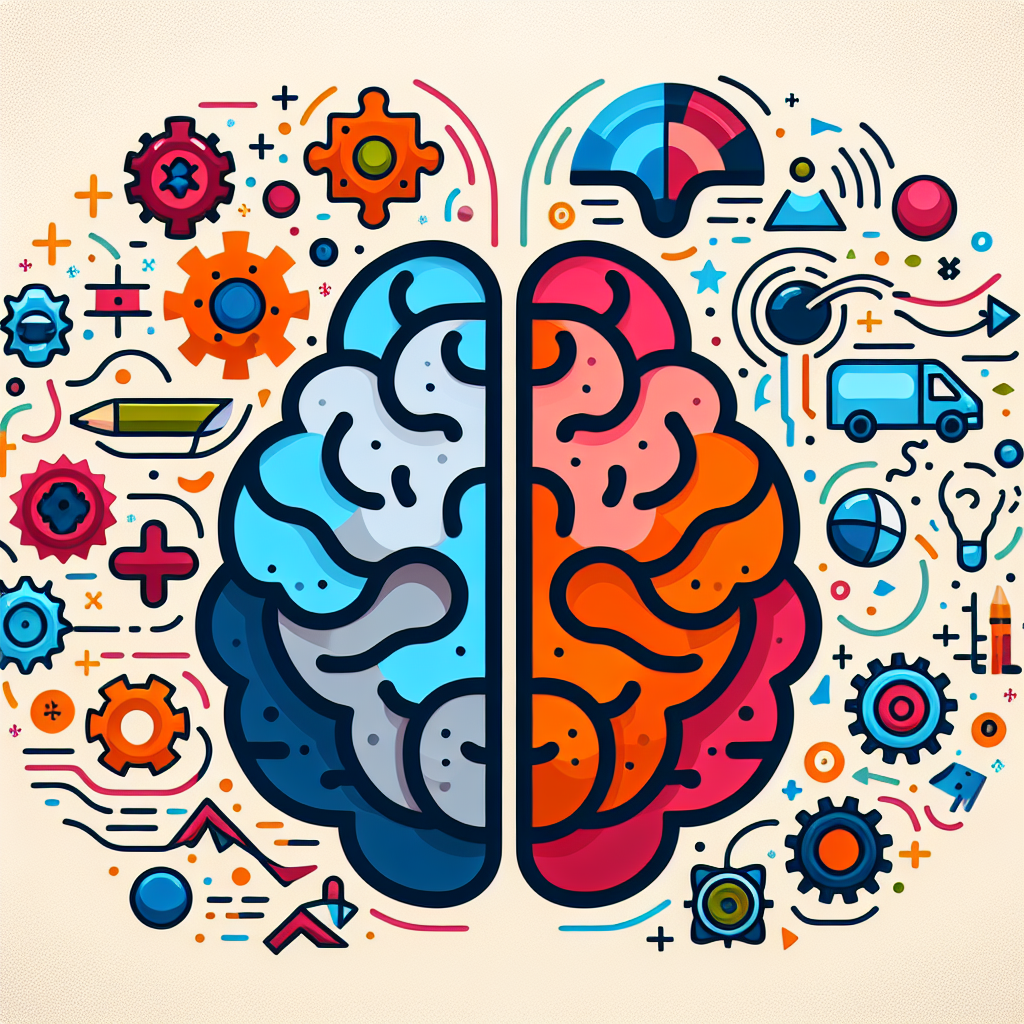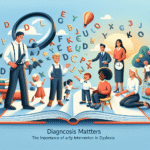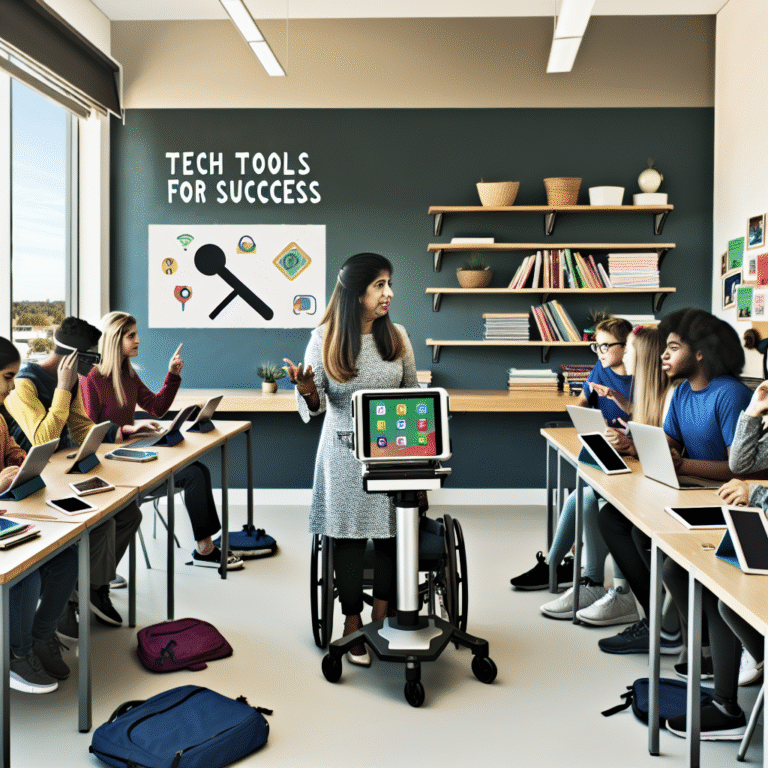
The Overlap: Distinguishing Between Learning Disabilities and ADHD in Children – The Essential Guide for Parents and Educators
Introduction
Navigating the complexities of a child’s cognitive and academic challenges can feel overwhelming. Many parents and educators find themselves grappling with two prevalent issues: learning disabilities and Attention Deficit Hyperactivity Disorder (ADHD). Understanding these conditions and their intersections is crucial for providing the best support for children. This article delves into The Overlap: Distinguishing Between Learning Disabilities and ADHD in Children, offering nuanced insights and practical strategies to help both children and those who care for them.
Understanding Learning Disabilities
What Are Learning Disabilities?
Learning disabilities are neurological disorders that affect the brain’s ability to process, store, and use information. These conditions can manifest in various ways, impacting reading, writing, math, and even social skills. Common types include:
- Dyslexia: Difficulty with reading.
- Dysgraphia: Challenges in writing.
- Dyscalculia: Issues with math comprehension.
Case Study: Emma’s Struggles with Dyslexia
Emma, an eight-year-old, has often struggled with reading and phonemic awareness. Despite average intelligence, she finds it difficult to decode words, which affects her confidence in school. Emma’s teachers recognized her challenges and provided targeted support through specialized reading programs. Over time, her skills improved, illustrating how appropriate intervention can lead to significant progress.
Signs of Learning Disabilities
- Difficulty following instructions.
- Trouble with spelling or writing.
- Problems with math concepts.
Understanding ADHD
What Is ADHD?
Attention Deficit Hyperactivity Disorder (ADHD) affects how one focuses, acts, and thinks. Children with ADHD may struggle with attention control, impulse regulation, and hyperactivity, impacting their academic performance and social interactions.
Case Study: Liam’s ADHD Journey
Liam, a nine-year-old boy, exhibited signs of hyperactivity and impulsive behavior in the classroom. His inability to sit still and follow directions frequently disrupted learning for himself and his peers. After a comprehensive evaluation by a child psychologist, Liam was diagnosed with ADHD. With the combination of behavioral therapy and specific classroom accommodations, Liam began to thrive academically.
Signs of ADHD
- Inattention to details.
- Difficulty staying focused.
- Impulsivity and hyperactivity.
The Overlap: Distinguishing Between Learning Disabilities and ADHD
The intricacies of The Overlap: Distinguishing Between Learning Disabilities and ADHD in Children often lead to confusion. Many symptoms can be similar, making it essential to differentiate between the two for effective intervention.
Shared Symptoms
- Difficulty in Concentrating: Both conditions can hinder a child’s ability to pay attention and maintain focus.
- Academic Underachievement: Children may struggle academically without proper support or understanding of their unique needs.
Differentiation Strategies
To effectively distinguish between learning disabilities and ADHD, educators and parents can utilize several strategies:
- Comprehensive Evaluations: Seek evaluations by psychologists or educational specialists to ensure an accurate diagnosis.
- Behavioral Observation: Closely observe behavior across different settings (home vs. school) to gain perspective on how various environments affect performance.
- Checklists and Scales: Utilize standardized checklists designed specifically for ADHD and learning disabilities.
Table: Key Differences Between Learning Disabilities and ADHD
| Feature | Learning Disabilities | ADHD |
|---|---|---|
| Nature of the Condition | Neurological processing issue | Behavioral and attentional issues |
| Academic Impact | Specific learning areas affected | Broader academic challenges |
| Diagnosis Method | Psychometric testing is essential | Behavioral assessments are primary |
| Interventions | Special education services | Behavioral therapy, medication, etc. |
| Course of Treatment | Long-term remedial support | Ongoing management strategies |
The Importance of Early Intervention
Recognizing the signs of learning disabilities and ADHD early can lead to more effective intervention strategies. By addressing these issues sooner rather than later, children are more likely to thrive academically and socially.
Case Study: Sarah’s Early Intervention
Sarah, at age six, was identified as struggling with reading. After an early assessment revealed dyslexia, her parents sought intervention through specialized tutoring. Within months, Sarah’s reading skills markedly improved, reinforcing the importance of early detection.
The Role of Schools
Schools play a vital role in identifying and supporting children with either disabilities or ADHD. Proper training for educators on recognizing signs and providing accommodations ensures children get the support they need.
Best Practices for Support
For Parents
- Create a Structured Environment: Set up routines that help children know what to expect.
- Positive Reinforcement: Encourage progress with praise and rewards.
- Seek Professional Help: Don’t hesitate to consult professionals for assessments and interventions.
For Educators
- Differentiated Instruction: Tailor teaching strategies to accommodate different learning styles.
- Collaborate with Specialists: Work with special education staff to create individualized education plans (IEPs) that cater to specific needs.
- Communicate with Parents: Regularly share progress and challenges with families.
Conclusion
Understanding The Overlap: Distinguishing Between Learning Disabilities and ADHD in Children is more than just an academic endeavor; it’s about making a positive impact on the lives of children. Equipped with knowledge, resources, and a proactive approach, parents and educators can foster an environment that encourages success and resilience. Through collaboration and compassion, we can turn challenges into stepping stones for a brighter future.
FAQs
1. How can I tell if my child has a learning disability or ADHD?
Look for persistent patterns of behavior, academic struggles, and difficulties with focus. Consulting a professional for a comprehensive evaluation is the best way to determine the exact nature of the issues.
2. Can a child have both a learning disability and ADHD?
Yes, it is possible for a child to have both. In fact, many children with learning disabilities may also show symptoms of ADHD. Each condition can manifest differently and requires tailored interventions.
3. What kind of assessments are used for diagnosing learning disabilities?
Common assessments include IQ tests, academic achievement tests, and behavioral evaluations that assess a child’s performance in various academic areas.
4. How important is parental involvement in a child’s education?
Parental involvement is crucial; it not only supports a child’s learning at home but also fosters communication with teachers and healthcare professionals, creating a comprehensive support system.
5. What accommodations can schools provide for children with ADHD or learning disabilities?
Accommodations may include extended test time, quiet test-taking environments, modified assignments, and the use of technology to aid learning.
6. How can I help my child cope with their condition?
Encourage a growth mindset, engage in open conversations about their challenges, and provide a supportive environment. Build on their strengths to help them feel capable and valued.
By understanding The Overlap: Distinguishing Between Learning Disabilities and ADHD in Children, parents and educators can provide the essential support these children need to navigate their academic journeys successfully.

















